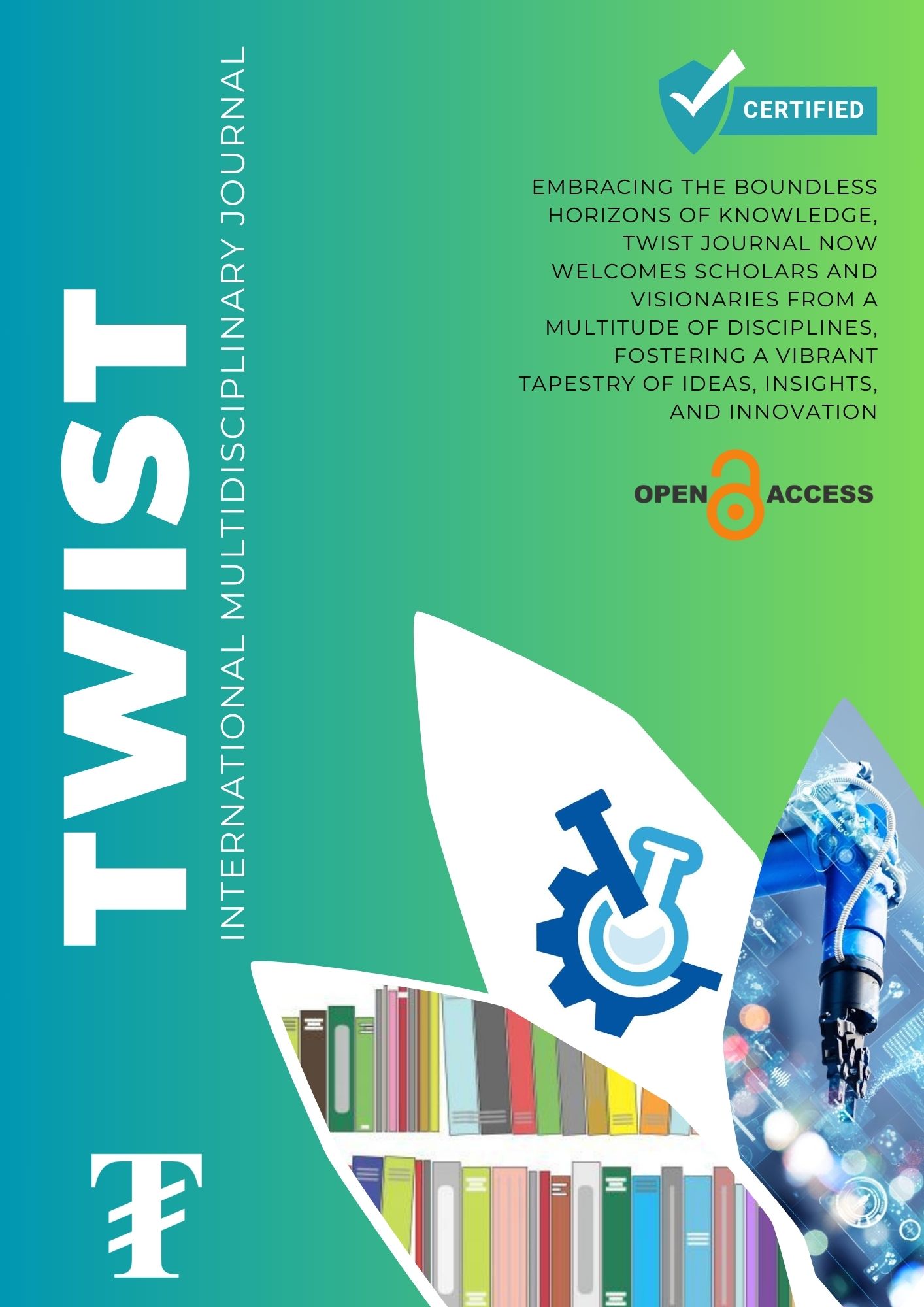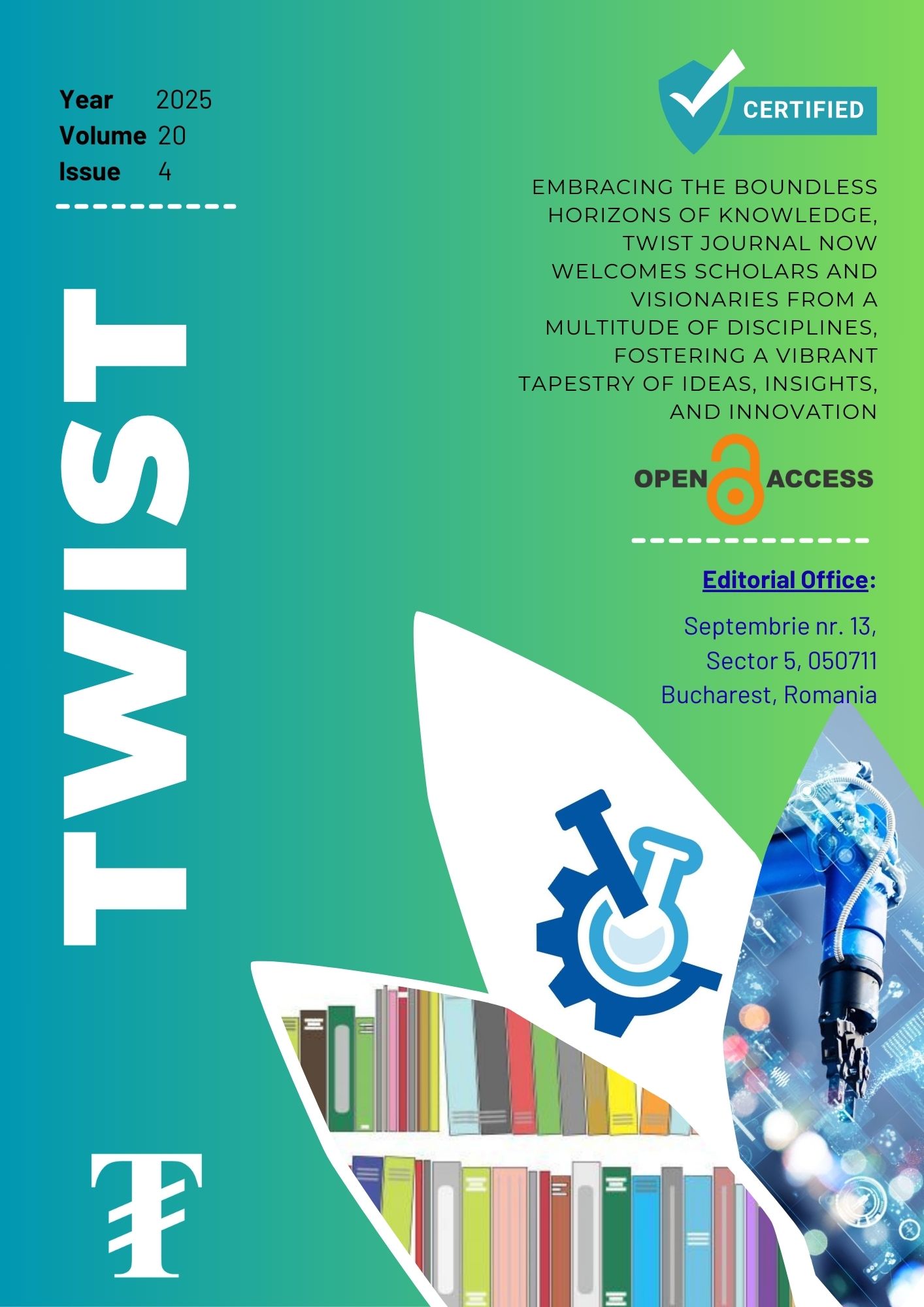Development and Optimization of Geotechnical Soil Zonation Maps by Using the Inverse Distance Weighted Spatial Interpolation Technique
Keywords:
Inverse distance weighting, Safety zoning, Soil investigation, Soil mapping, Spatial interpolationAbstract
Due to the increasing expenses for on-site soil tests and investigations, which in turn led to an increase in the project's total cost, there is a need to use geotechnical soil maps to determine the necessary degree of investigations to be conducted, thus saving time, effort, and expense. This study explains the spatial interpolation of data obtained from soil investigation reports for various construction sites. It also presents the creation of soil classification maps using ArcGIS. An analysis of the research area was conducted to evaluate the soil type and the standard penetration resistance of subsurface soil. The inverse distance weighting method was used in Arcmap10 to create area classification maps at different depths within the boundaries of the research area, where soil classification maps were made according to safe construction zones according to (OSHA) and (SPT) by interpolating each depth as a surface. This study provided correlations based on linear regression between the predicted and actual values, contributing to the proposed project's planning and early design phase to estimate the soil's strength and hardness. Engineers can also use data from neighboring sites to evaluate the soil of the intended work site. This leads to building an excellent initial ground model that can be relied upon.
Downloads
Downloads
Published
Issue
Section
License
Copyright (c) 2024 TWIST

This work is licensed under a Creative Commons Attribution-NonCommercial-ShareAlike 4.0 International License.











